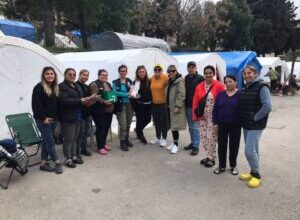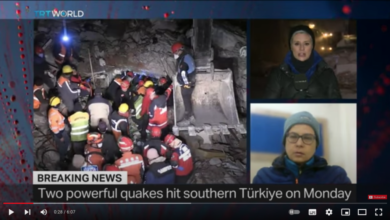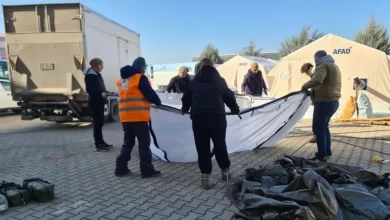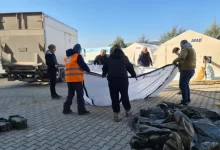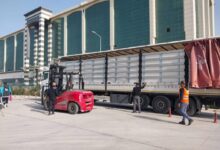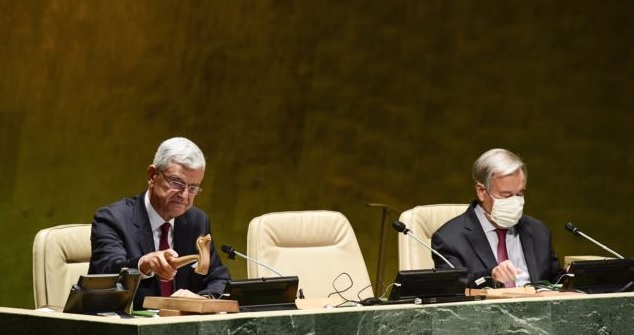
World leaders will meet virtually at the United Nations starting Monday, as they discuss international cooperation to halt the spread of COVID-19.
Confirmed cases of the virus have surpassed 30 million and reached nearly 1 million deaths globally, according to Johns Hopkins University. U.N. Secretary-General Antonio Guterres has said the coronavirus has exposed the world’s growing inequalities and threatens decades of development gains. He has cautioned that a vaccine will not by itself solve the crisis.
“We need to massively expand new and existing tools that can respond to new cases and provide vital treatment to suppress transmission and save lives, especially over the next 12 months,” Guterres told reporters Wednesday.
There will be more than 80 virtual meetings covering all aspects of COVID-19, including a high-level session on September 30. It will be co-hosted by the U.N. secretary-general, the World Health Organization (WHO), along with Britain and South Africa, and will focus on coordinating the global pandemic response, including making a future vaccine affordable and accessible to all.
The U.N. has been at the forefront of the effort to mitigate global warming, and the U.N. chief has said that a green recovery from COVID is critical for the planet.
“The world is burning,” Guterres said. “Recovery is our chance to get on track and tame the flames.”
Climate action will be in the spotlight at several events, including a high-level roundtable on September 24 and a biodiversity summit the following week.
One aspect of the General Assembly that draws many leaders to make the trip to New York but that will be lost this year is the occasion for personal interaction.
While there is typically no shortage of flashy photo opportunities, much of the real work gets done in more discreet bilateral meetings and even spontaneous chats in corridors or on the sidelines of a larger event.
“The fact that leaders are not traveling here, there is a risk that the U.N. falls a little bit out of focus in engagement on the leaders’ level,” said European Union Ambassador Olof Skoog. But he added that it is a positive indicator that so many leaders are willing to participate in a virtual assembly to tackle serious issues.
Pre-recorded speeches
And while in preceding years, leaders and diplomats have given their speeches in the cavernous hall, this year they are limited to sending a pre-recorded message of no more than 15 minutes in length. The proceedings will be streamed online in the U.N.’s six official languages.
International Crisis Group U.N. Director Richard Gowan says the virtual format is unlikely to yield much drama and may go largely unwatched.
“The idea that prime ministers and presidents are going to be sitting at home with a bucket of popcorn watching each other’s televised speeches is a bit silly,” Gowan said.
Nevertheless, the video speeches will start Tuesday morning, with the presidents of the United States, China and Russia following each other in close order.
“I think President [Donald] Trump will take this opportunity to attack China for its role in the origins of COVID and also blame the World Health Organization for failing to contain the disease,” Gowan said.
Safety precautions
In accordance with strict social distancing protocols, only one delegate from each of the 193 member states, plus the European Union, the Holy See and the non-member Observer State of Palestine will be allowed in the hall to watch the video speeches. There will also be hand sanitizer stations dotting the side aisles and delegates will be obliged to wear face coverings, but not to undergo temperature checks.
Should a delegate attending the session test positive for COVID-19, a U.N. spokesperson says there is a plan for case management and contact tracing.

